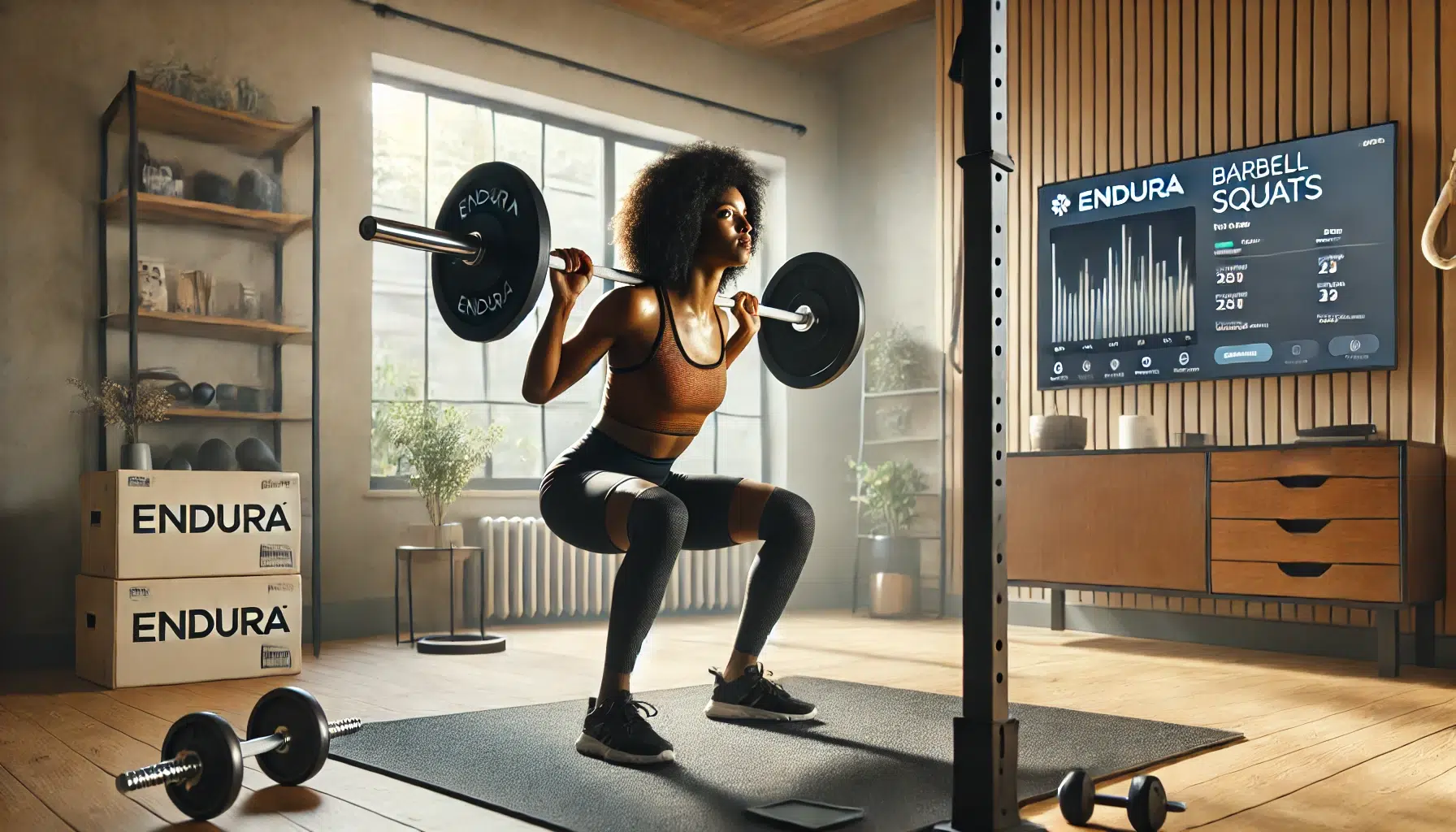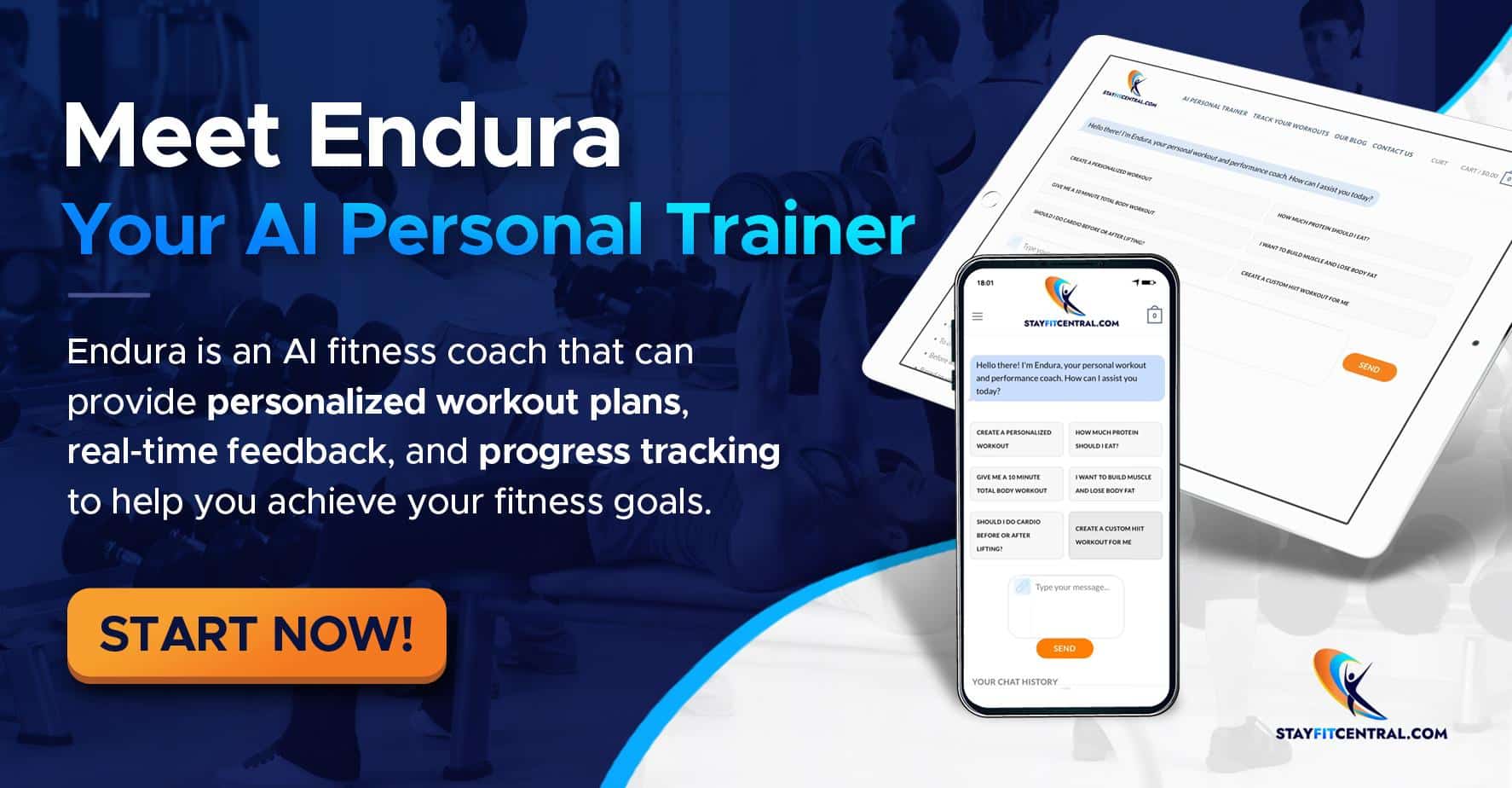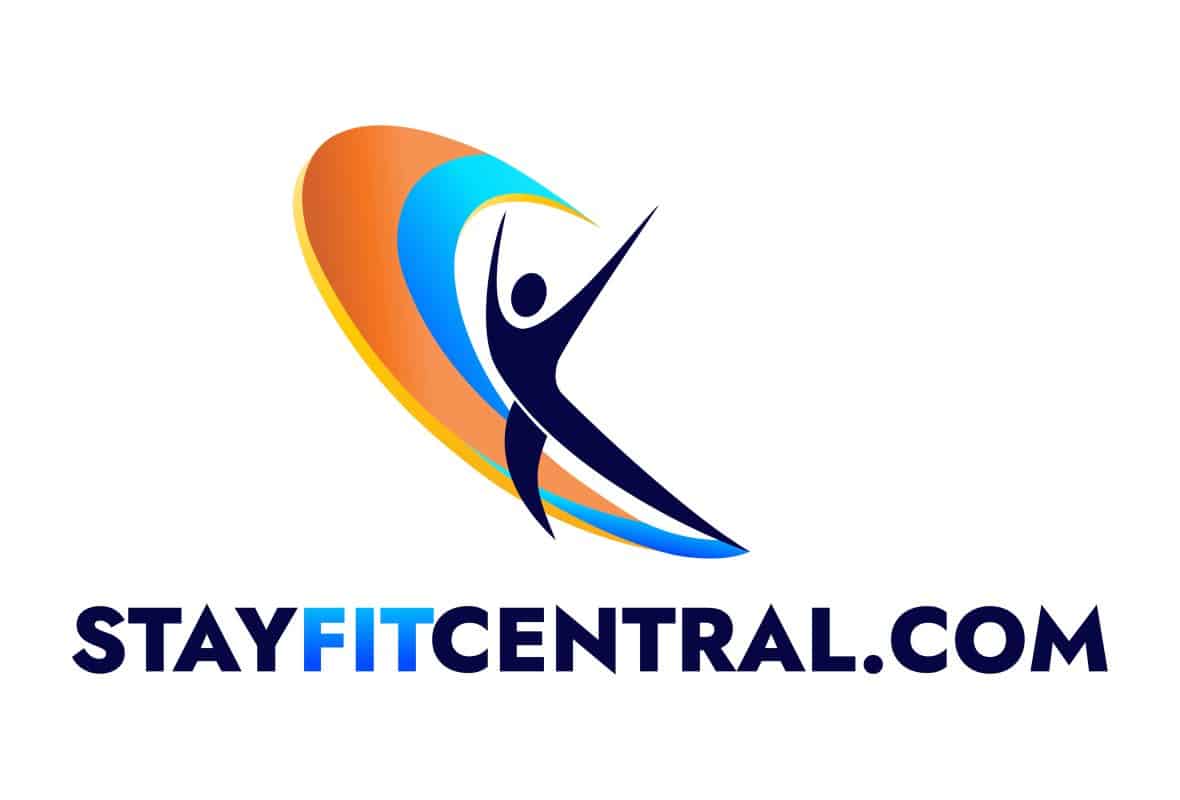AI Workouts
How To Lift Like An Athlete At Home
Imagine being able to lift like an athlete at home every day, whether you have a fully equipped home gym or just your bodyweight to use as resistance. All you need is the right plan to help you work toward and achieve your goals.
Whether you’re tired of wasting time on ineffective workouts or looking for a new way to challenge yourself, you can lift like an athlete at home and get stronger, faster, and more powerful. I’ve been training this way for years, and in this article, I’ll share the blueprint with you.
Why Full-Body Workouts Are Best
Full-body workouts are effective for building strength, endurance, power, and overall athleticism. They helped me stay fit and train harder for sports like soccer and BJJ.
Athletes train their entire bodies to mimic the demands of sports, where multiple muscle groups work together dynamically. Full-body workouts prepare you for these challenges.
Starting in high school, I tried everything—from bodybuilding splits to trendy programs. Nothing improved my athleticism like full-body workouts. They made me stronger, faster, and helped me lose over 80 pounds. If your training has ever felt like it lacked that “extra gear,” full-body workouts might be what you’ve been missing. Let’s get into how you can do them too.
The Optimal Workout Structure
To lift like an athlete, you need a solid plan. One of the best workout approaches for building athleticism is called daily undulating periodization. This method involves mixing up your workout focus throughout the week—sometimes focusing on strength, other times on endurance, and sometimes on explosive power or building muscle.
Before diving into specific exercises, let’s discuss how these exercises fit into your overall plan. Daily undulating periodization gives you a framework; now, it’s time to choose exercises that maximize results.
Here’s the basic structure for your home workout:
- Squat or Lunge Movement (e.g., Goblet Squat, Lateral Lunge)
- Hip Hinge Exercise (e.g., Deadlifts, Kettlebell Swings)
- Pushing Exercise (e.g., Overhead Press, Push-Ups)
- Rowing or Pulling Exercise (e.g., Pull-Ups, Bent Over Rows)
- Core Exercise (e.g., Planks, Side Planks)
These five types of exercises form the foundation of athletic movement and help build a balanced physique. You can add extras for arms, calves, or grip if you have the energy—but don’t overlook these core movements.
To ensure you’re building a well-rounded athletic body, also include:
- A Lower Body Lateral Movement at Least Once a Week: Movements like lateral lunges help develop stability and strength in the side-to-side plane, which is critical for avoiding injuries and staying agile.
- A Rotational Core Exercise: Core stability is crucial for athletic power—think about hitting a tennis ball or shooting a goal. Add exercises like Russian twists or windmills to build rotational strength, which directly translates to more power in real-life movements.
- Mobility Work: Working out in this manner will also improve your mobility better than just stretching. Improved mobility is crucial for being more athletic and healthier overall, allowing you to move more freely and efficiently during all types of activities.
The following workouts are designed to target different aspects of athleticism: building strength, developing muscle, and enhancing power and endurance. Each workout is intended to help you achieve specific goals, so be sure to personalize them to meet your needs. Endura can help you create a customized plan that fits your requirements. For example, a tennis player might include more lower body lateral movements and core rotational exercises to improve their agility and power:
Workout 1: Building Strength
This workout is designed to increase your overall strength, which is the foundation of athletic training. Building a strong base allows you to progress effectively in other areas like power, endurance, and agility.
- Squats – 3 sets of 3-5 reps
- Stiff-Legged Deadlifts – 3 sets of 3-5 reps
- Incline Bench Press – 3 sets of 3-5 reps
- Bent Over Row – 3 sets of 3-5 reps
- Plank – 3 sets, 60 seconds each
Workout 2: Building Muscle and Strength
This workout is designed to help you build both muscle and strength, providing the foundation needed to improve athletic performance.
- Lateral Lunges – 3 sets of 8-10 reps
- Windmills – 3 sets of 8-10 reps per side
- Overhead Press – 3 sets of 8-10 reps
- Pull-Ups – 3 sets of 8-10 reps
- Copenhagens – 3 sets of 8-10 reps per side
Workout 3: Power and Strength-Endurance
This workout will increase your power—helping you jump higher, throw farther, and react more quickly with the first exercise. The rest of the workout will build your strength-endurance, allowing you to push yourself harder for longer periods.
- Goblet Squats – 5 sets of 3 reps (using a weight you can squat 10 times)
- Kettlebell Swings – 3 sets of 15-20 swings
- Bench Press – 3 sets of 15-20 reps
- One-Arm Row – 3 sets of 15-20 reps
- Side Plank – 2 sets, 30-60 seconds each side

Training Frequency
How often should you train? Full-body workouts can be done 2-6 times a week depending on your goals, time availability, and recovery. For most people, 3-4 times a week is ideal—especially if you’re juggling a busy schedule. I personally lift every day and do six full-body workouts a week, mixing it up on day seven with activities like farmer’s walks or medicine ball throws for variety.
If you’re unsure about how often to train, start small. Hitting these workouts twice a week and gradually increasing to four times will give you time to recover and adapt without risking burnout.
Progression Strategies
Athletes get better by progressively challenging themselves, and Endura helps you do the same by tracking every set and rep, monitoring your progress, and adjusting the plan to ensure continuous improvement. Here’s how:
- Strength Goals: When you can do two more reps on your last set than your target, increase the weight. For example, if your goal is 5 reps and you manage 7, it’s time to up the weight.
- Strength-Endurance Goals: Decrease rest between sets or add reps to make it more challenging. Reducing rest from 60 seconds to 45 seconds can push your endurance to new levels.
- Muscle-Building Goals: Add weight or more sets once you can comfortably complete your current workload.
Real-Life Athletic Qualities: The Why Behind the Exercises
If you’re wondering why these exercises are the best to help you lift like an athlete, let’s talk about how they match up with what you need on the field or in life:
- Strength: Building strength with squats, presses, and deadlifts isn’t just for the gym. When you’re out hiking steep hills or lifting heavy luggage, this strength becomes practical. A strong foundation allows you to do the activities you love without getting injured.
- Muscle: Muscle isn’t just for looks—it protects your joints, improves resilience to injury, and boosts your metabolism. Think of it like adding armor to your body. Muscle also makes daily activities easier—whether it’s sprinting after your kid or carrying heavy groceries.
- Power: Exercises like kettlebell swings train explosive power, which is crucial in sports, whether you’re jumping to spike a volleyball or sprinting to the net in tennis. I still remember improving my sprints by doing swing workouts—it felt like I had an extra gear. Power translates directly to life activities where speed matters.
- Endurance: High-rep sets and reducing rest times build muscular endurance—perfect for everything from long hikes to rolling through multiple rounds in BJJ. It’s about making sure you don’t gas out when it matters most.
- Mobility: Mobility is the ability to move your joints through their full range of motion, which is crucial for athletic performance. Working out like this will increase your mobility better than stretching alone, making you more athletic and healthier overall by allowing you to move freely and efficiently during any activity.
Training Smarter with Endura
Endura is the workout partner that always knows what to do next. It builds personalized training plans based on your needs—just like how I use it to balance everything from lifting daily to BJJ, tennis, and staying fit for the next adventure with Monica. Whether you want to get stronger, add muscle, or become a beast at endurance, Endura has you covered.
You can use Endura to get personalized full-body workouts like the ones I shared above, tailored to the equipment you have and your goals. You can track every rep, adjust based on your results, and even keep a log of all your progress. It’s like having a coach in your pocket—one who’s always ready with a fresh plan.

Train Smarter, Train Like an Athlete
You’ve got everything you need to start lifting like an athlete at home. Now it’s time to put it into action. If you want to take it up a notch and get a personalized plan that makes sure you’re hitting your goals week after week, give Endura a try. It’s designed with the best of what I’ve learned over decades of training and studying strength and conditioning. Whether you’re a busy professional or a weekend warrior, lifting like an athlete can help you go pro in every aspect of life—and Endura’s here to make that process even better.
Act now, and create your first workout with Endura today.
Let’s get after it.

